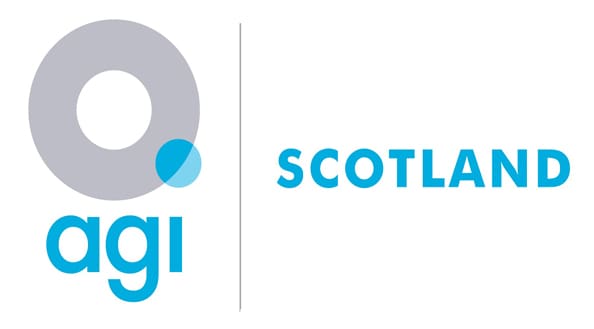Drones or UAVs have evolved very quickly in a short period of time, moving from a ‘toy’ to being a professional aerial surveying platform. Alongside this has been the rapid development of better batteries for longer flight durations, VTOL platforms, autonomous flight Apps, and an array of new miniaturised sensors, leading to many useful applications, some of which have in fact been triggered as a direct result of needs arising from the COVID-19 pandemic: Many unique applications have already been proposed within a short period of time, some building on existing demonstrations and ideas, to those exploring exciting new possibilities.
Two streams of application have been considered: (1) delivering essential goods and services, and (2) battling the spread of coronavirus. Some examples already under development and testing include: the delivery of parcels, medical supplies, and information e.g. broadcasts; personal, health and environmental monitoring, enforcing social distancing, mapping, and spraying to disinfect.
When it comes to accurate aerial survey and mapping, Ground Control Points (GCPs) are essential especially if you want to extract any quantitative information from the data/imagery or incorporate any of the softcopy photogrammetry products into a GIS! This is fine if you have a good GPS unit (e.g. RTK) and easy access to the site you are surveying, or alternatively a PPK/RTK GPS mounted on the drone! But what about all those coastal sites where access to the site e.g. a saltmarsh is limited or prohibited! How do you layout or get your ground control in place? especially where accessibility is an issue?
I have looked at a lot of the scientific literature on UAV surveys in recent years – some offering glimmers of hope – at least in terms of some of the statements that have been made – attended a number of drone webinars on Ground Control for accurate drone surveys – but to date I have not managed to find anything that is easy to put in place. I remember we had this problem back in the days when we surveyed a small section of the Sleek of Tarty on the Ythan Estuary with a RC model aircraft, and there was not much you could use as a reference to get your ground control for a small area, even with the help of a large-scale OS map! I finally resorted to putting the MSc in GIS students at Aberdeen – who were very game to help in those days! – to put some small wooden stakes in the sediment at low tide (with permission of course!), white markers for the overflight, and use of a then state-of-the-art GPS to record the coordinates. For a small survey area this was fine – not really very environmentally friendly nowadays – but it did the job then!
Is there an easy solution out there yet? It would be great to hear about one and to trial it for practicality, especially as more and more of our small-scale aerial surveys at the coast could do with a low-cost, simple, and easy way to get the ground control in place for sites where there is really nothing ‘concrete’ to use as a reference point either on the ground on the map!
David Green Director of the M.Sc. Degree Programme in Geographical Information Systems, Director of the UAV Centre for Environmental Monitoring and Mapping (UCEMM), and Director of the Aberdeen Institute for Coastal Science and Management (AICSM) in the Department of Geography and Environment, University of Aberdeen, Scotland, United Kingdom.

